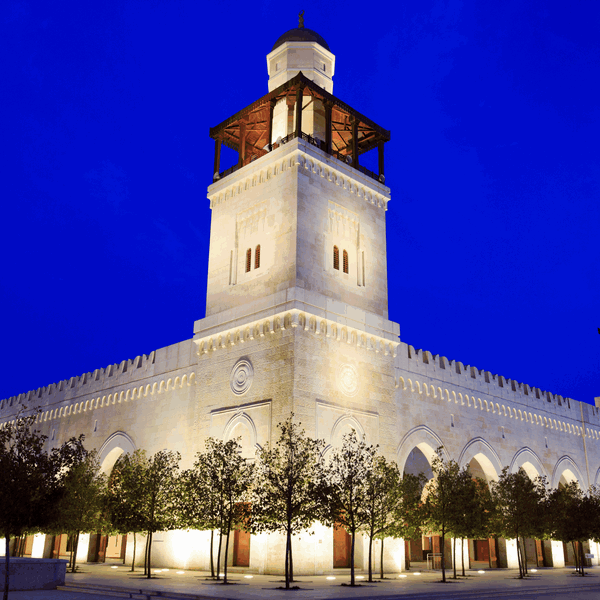Introduction:
Jordan’s rich cultural heritage is epitomized by the ancient civilization of the Nabataeans. Flourishing from the 4th century BCE to the 1st century CE, the Nabataeans carved out a remarkable civilization centered around their capital city, Petra, which captivates visitors to this day. This article embarks on a journey to explore the history of the Nabataeans in Jordan, shedding light on their rise, achievements, and enduring legacy.
The Nabataeans: Origins and Early Settlements
The Nabataeans were a nomadic Arab tribe whose exact origins remain shrouded in mystery. Their first settlements emerged in the northwestern Arabian Peninsula, primarily in the area that encompasses modern-day Jordan. Trading prowess and strategic geographic positioning led to their early prosperity. Their success prompted the Nabataeans to establish Petra as their capital, transforming it into a thriving metropolis along the trade routes connecting Arabia, Egypt, and Syria.
Petra: The Rose City
At the heart of Nabataean civilization lies the magnificent city of Petra. Carved into pink sandstone cliffs, Petra’s iconic façade and monumental architecture are testaments to the genius of the Nabataean engineers. This section delves into the awe-inspiring structures, such as the Treasury (Al-Khazneh), the Monastery (Ad-Deir), and the Great Temple, showcasing the Nabataeans’ advanced architectural skills and their unique blend of indigenous, Hellenistic, and Roman influences.
Trade and Economic Power
The Nabataeans’ prosperity stemmed from their mastery of trade routes that crisscrossed their realm. Controlling the Incense Route, which transported valuable spices, incense, and luxury goods from Arabia to the Mediterranean, they amassed immense wealth and established commercial networks that spanned continents. The article explores the significance of trade for the Nabataeans, highlighting their role as middlemen between the east and the west.
Art, Religion, and Culture
Beyond their architectural prowess and commercial success, the Nabataeans left an indelible mark on the cultural landscape of Jordan. This section delves into their artistic achievements, including intricate rock carvings, frescoes, pottery, and jewelry, which provide valuable insights into their daily life, beliefs, and cultural practices. The Nabataeans’ religious beliefs, with a focus on the worship of deities like Dushara and al-Uzza, are also explored, shedding light on their spiritual practices.
The Decline and Legacy
As with many ancient civilizations, the Nabataeans eventually faced decline and were absorbed into larger empires. The Roman annexation of Nabataea in 106 CE marked a turning point in their history, but their cultural and architectural legacy endured. This section discusses the factors contributing to the Nabataeans’ decline and explores the lasting impact of their civilization on Jordan’s cultural heritage, including the preservation and UNESCO World Heritage listing of Petra.
Conclusion:
The Nabataeans’ remarkable achievements and their architectural marvels at Petra continue to fascinate and inspire awe. By tracing their history, we gain a deeper understanding of the cultural tapestry that shaped Jordan’s past. The legacy of the Nabataeans serves as a reminder of the enduring human spirit, leaving an indelible mark on the annals of Jordanian history and captivating the imagination of visitors who wander through the ancient corridors of Petra, the jewel of the Nabataean kingdom.






